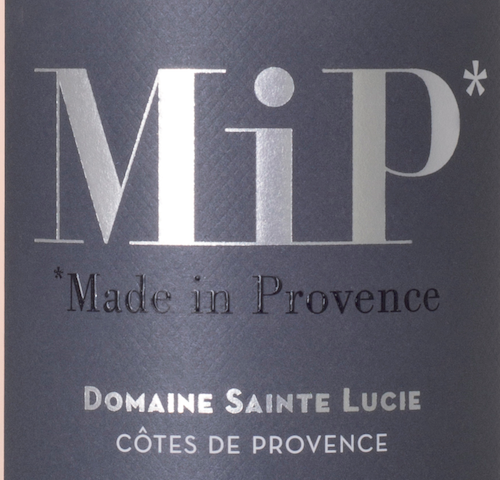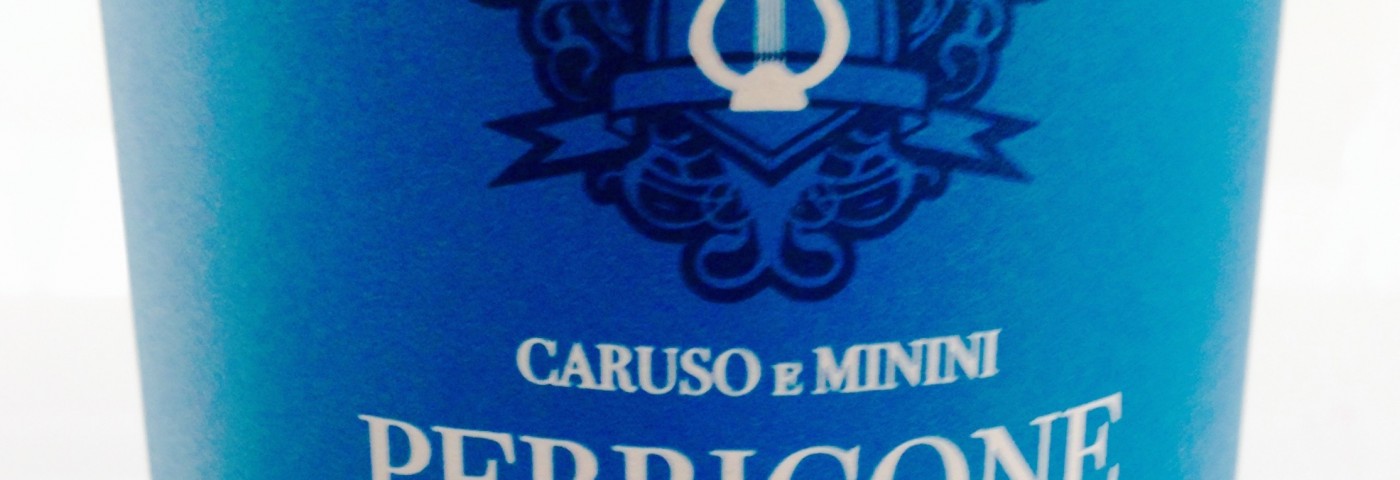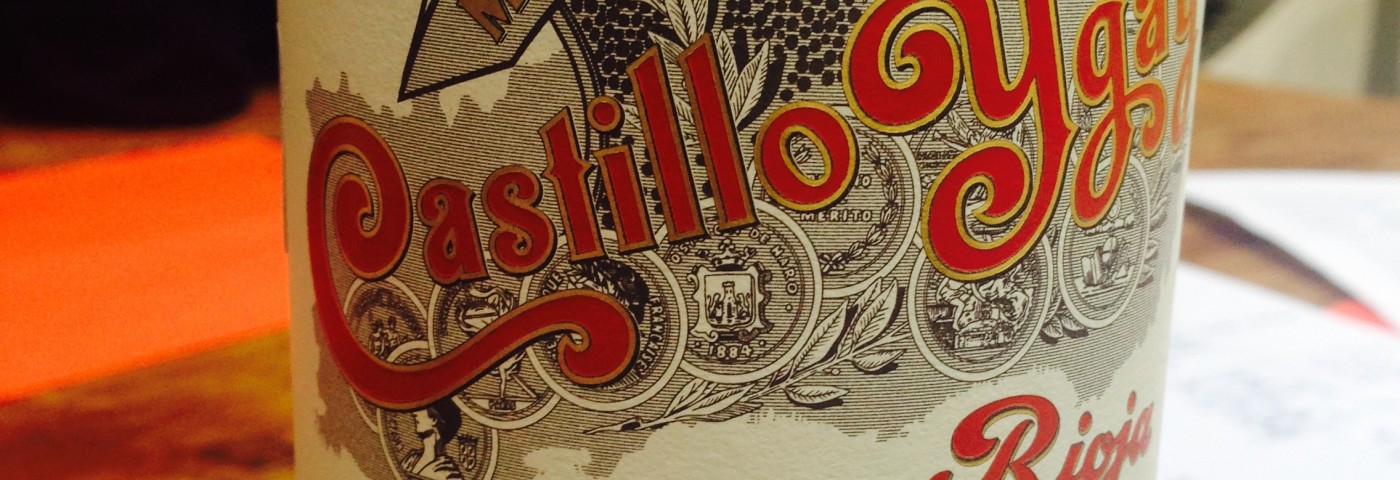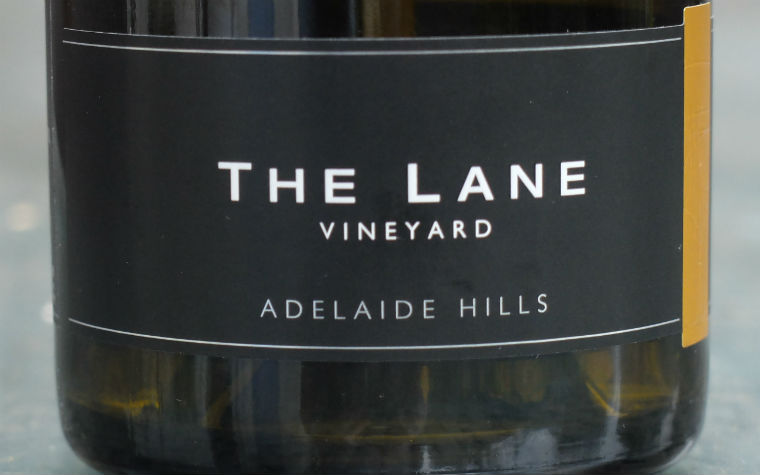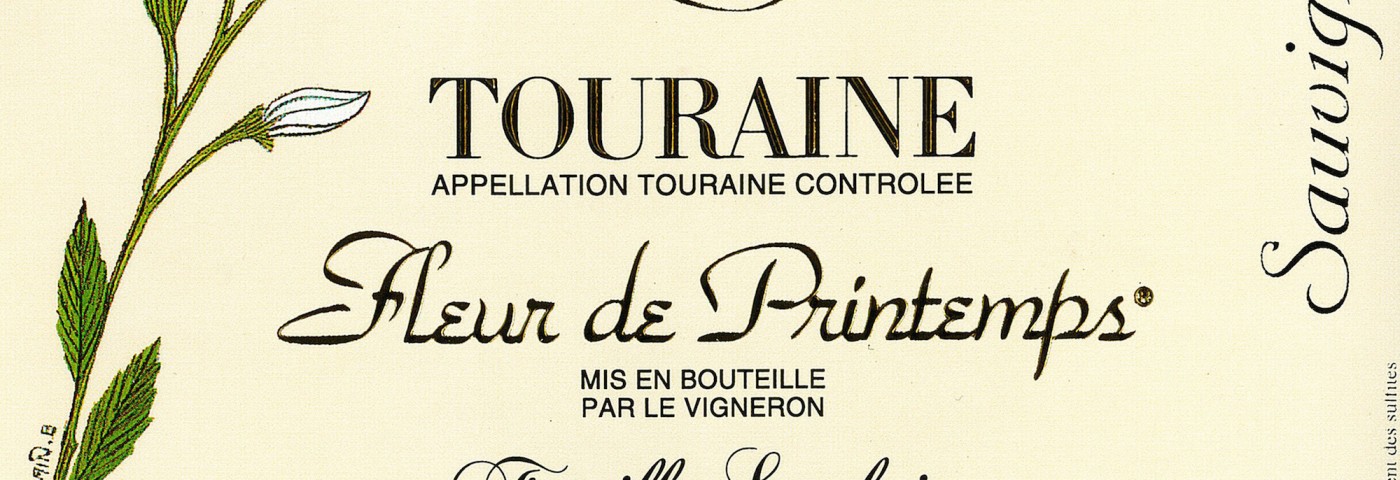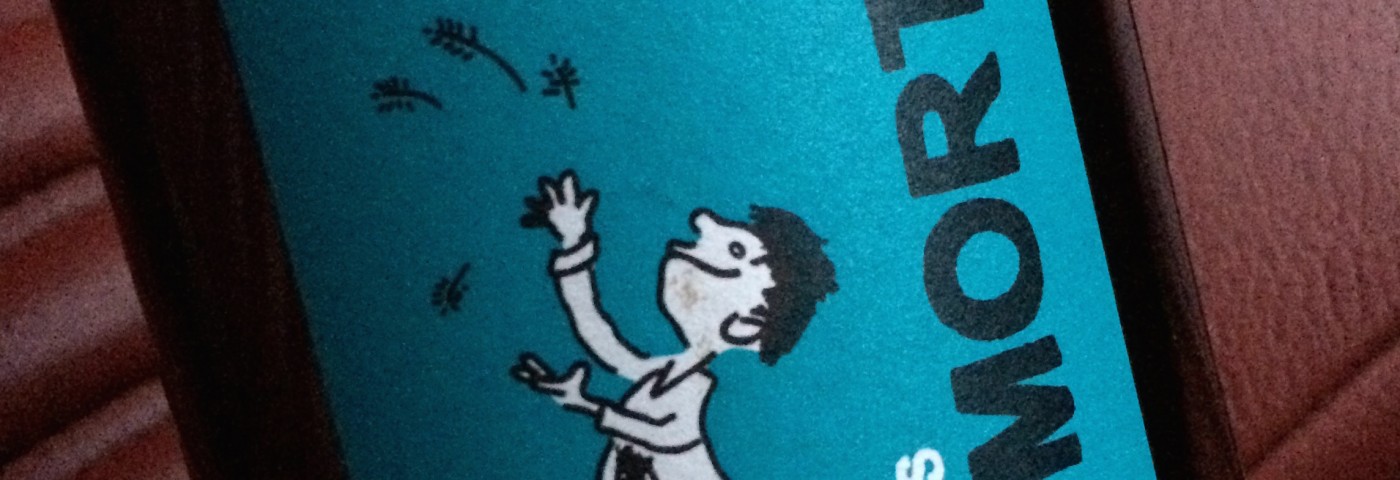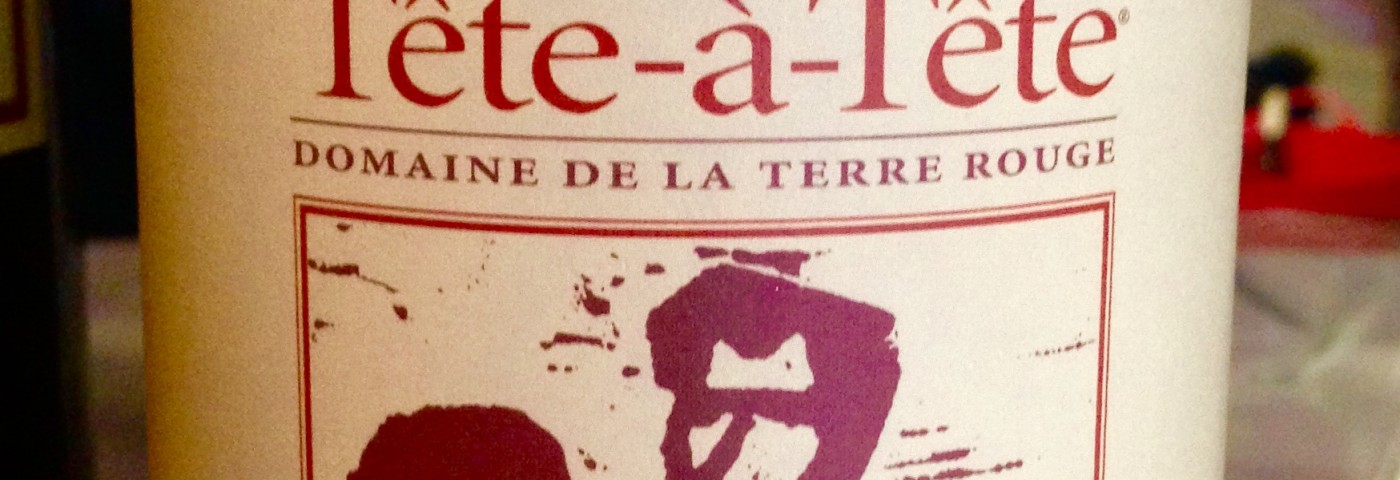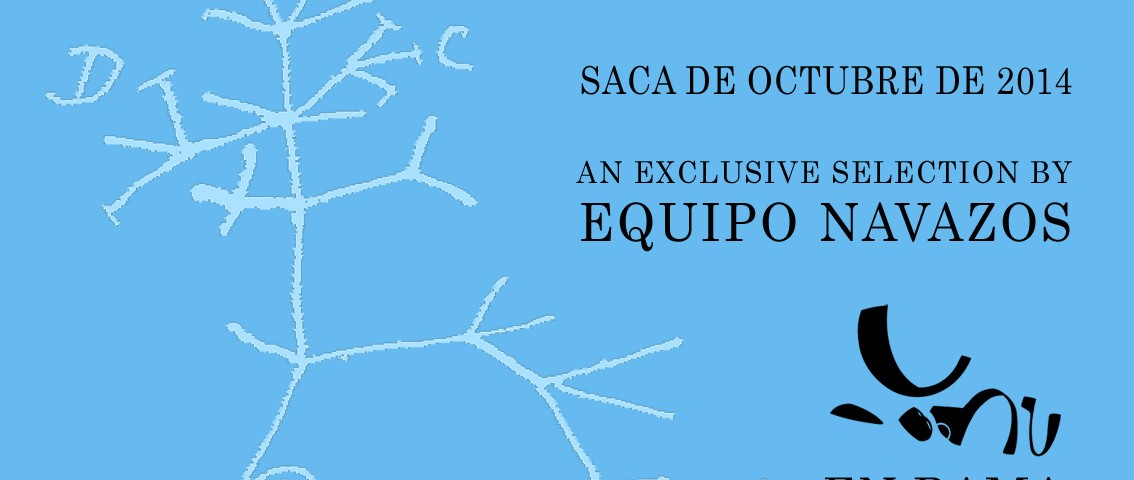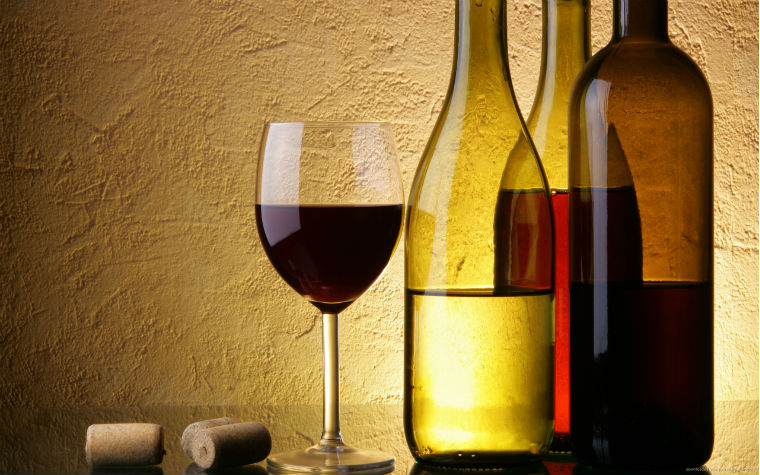Mea maxima culpa – massive apologies all round. I attended the Wine Society‘s spring tasting back in March, and had every intention of posting a piece featuring my favourite wines from the tasting. (I knew there would be favourites because I’m a huge fan of the Wine Society’s buying team, who seem to have an unerring instinct for buying impeccable examples of classic wines as well as an aptitude for making unusual discoveries.) And then life intervened. For a period of about six weeks, I was so busy that I didn’t really have time to devote to a write up of the tasting.
Ermita del Conde, Albillo, Vino de la Tierra de Castilla y Leon, 2013


